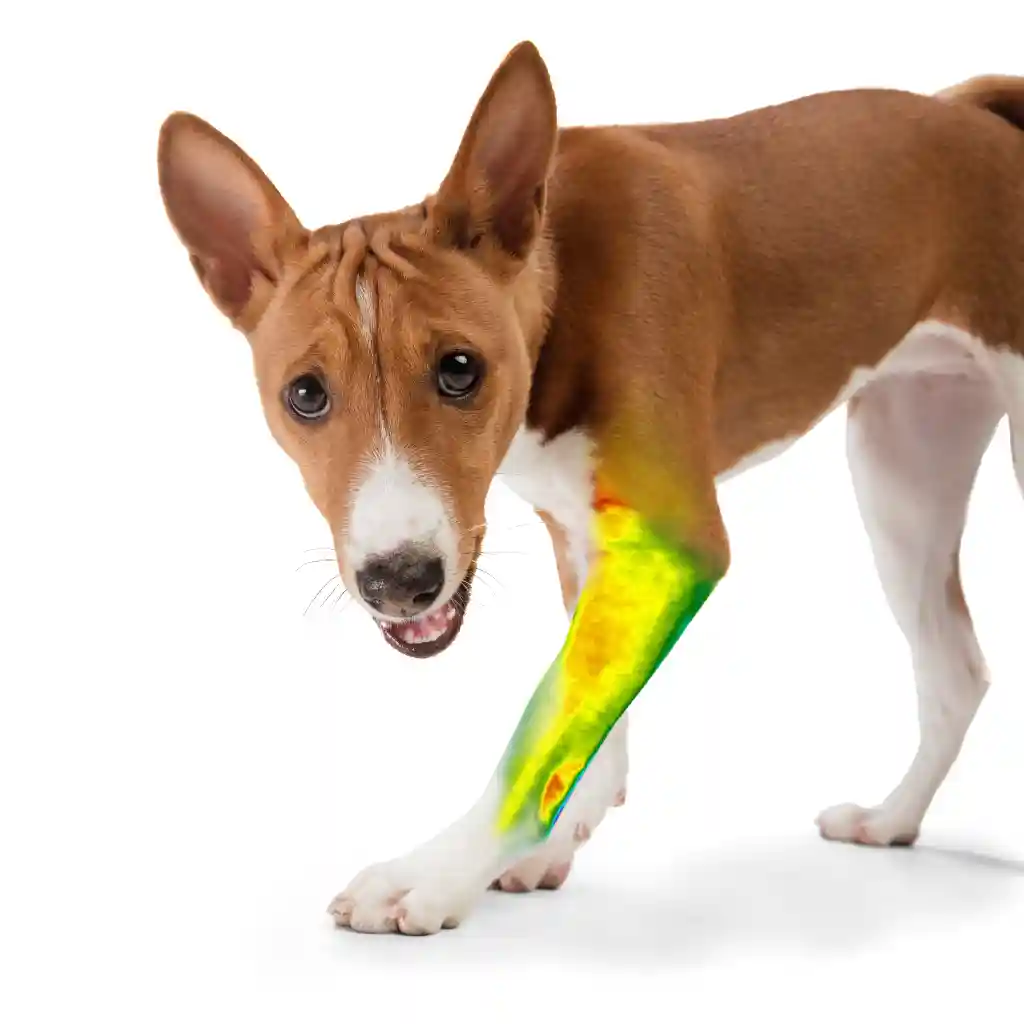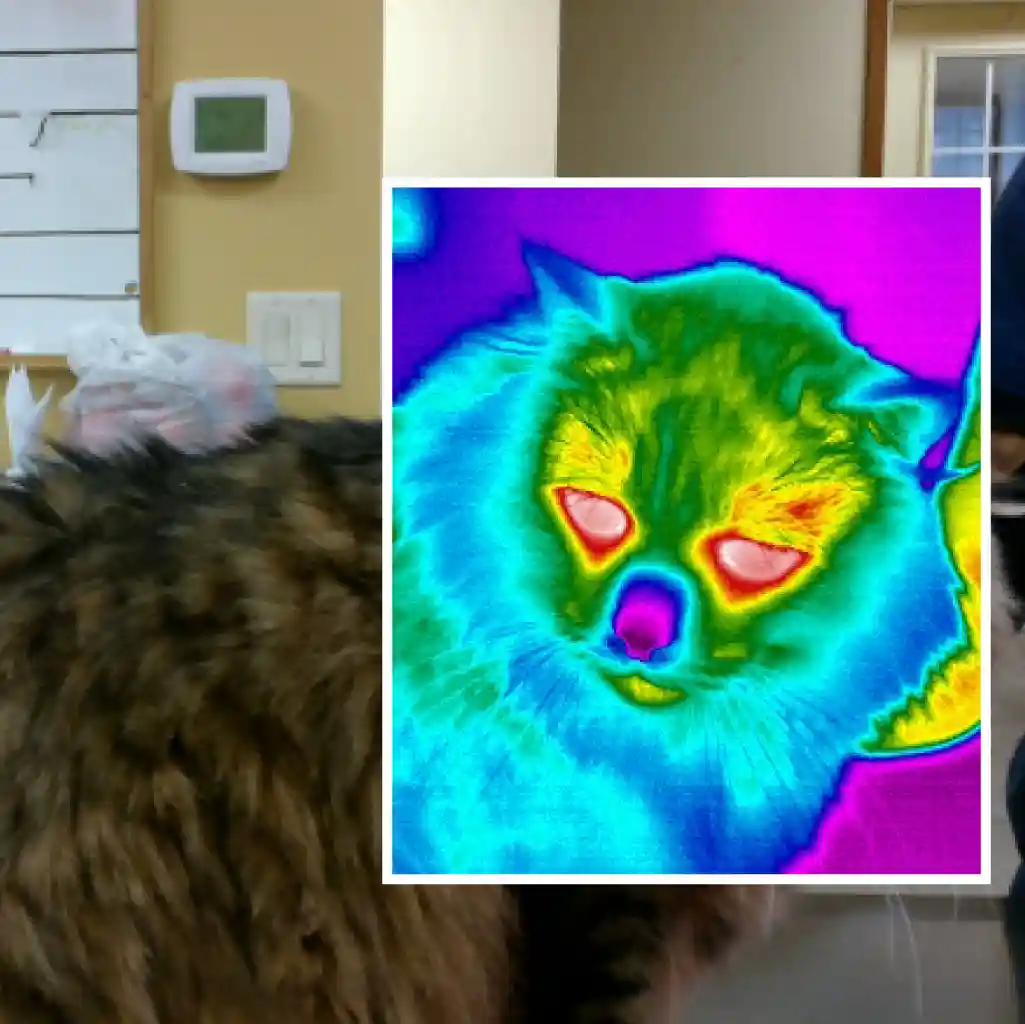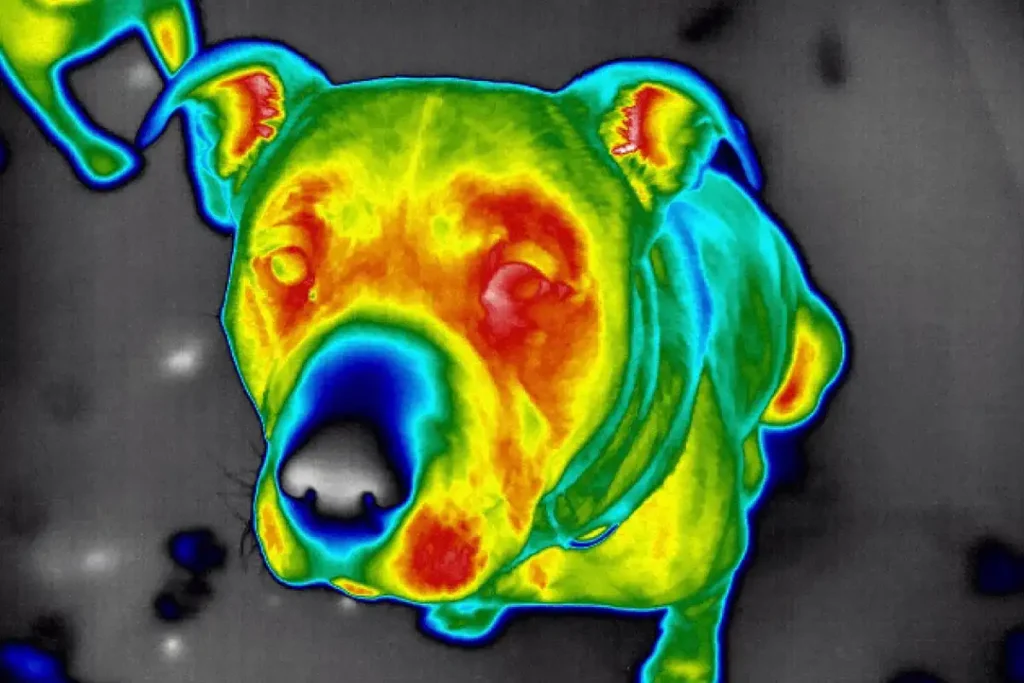Learn How Digatherm Can Speed Up Your Wellness Exams
Thermal imaging helps veterinary professionals ¸evaluate their patients' physiology quickly and easily
to create more efficient treatment plans sooner
Why Choose Us
Transform Veterinary Care with Thermal Imaging

Veterinary
Why Choose Infrared Cameras for Veterinary Applications?
Thermal imaging uses a highly sensitive infrared camera to measure, compile, and analyze the electromagnetic energy emitted from a patient. Veterinary-specific software converts the temperatures into images where these thermal emissions can be easily visualized. Temperature data directly correlates to changes within the circulatory, nervous, and musculoskeletal systems.
-
Early Detection of Inflammation and Injuries
Enhance veterinary care with thermal imaging for fast and accurate identification of health concerns.
-
Streamlined Diagnostic Processes
Simplify veterinary check-ups and rechecks with thermal imaging for faster, targeted treatments.
-
Visual Progress Updates
Provide clients with visual updates of treatment progress through thermal imaging in veterinary care.
-
Improved Diagnostic Precision
Enhance the precision of veterinary diagnostics with detailed thermal imaging for early issue detection.

Elevate Veterinary Diagnostics
Veterinary Applications
Detecting Inflammation and Injuries
Monitoring Post-Treatment Recovery
Identifying Circulatory and Neurological Issues
Improving Animal Health and Care
Thermal Imaging for Veterinary Use

